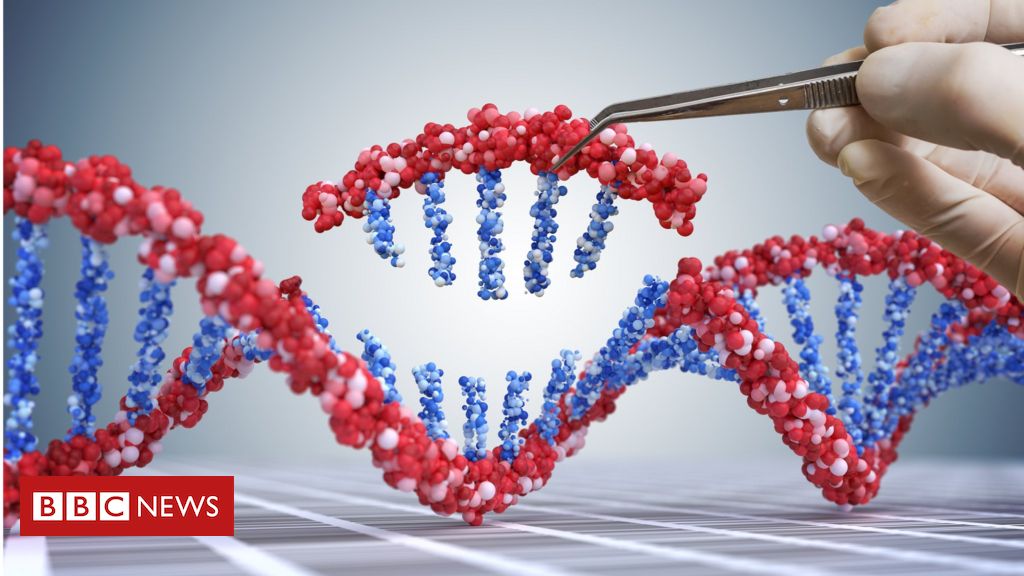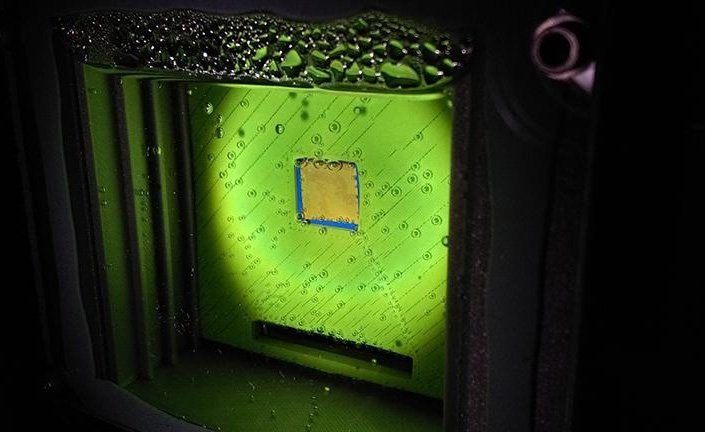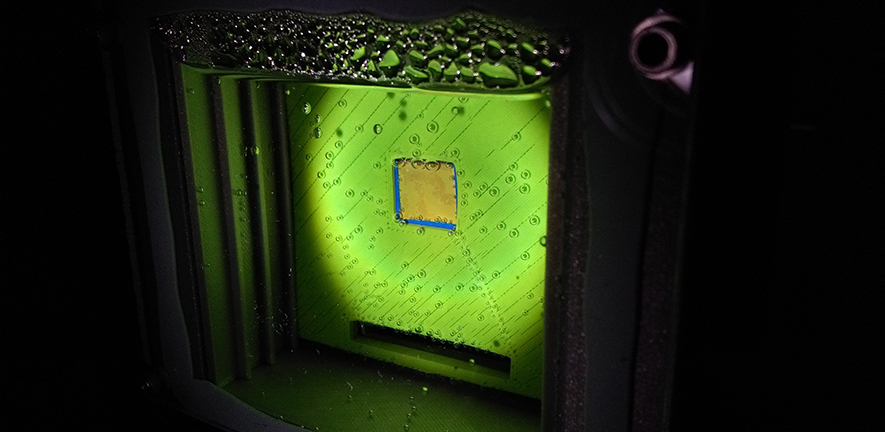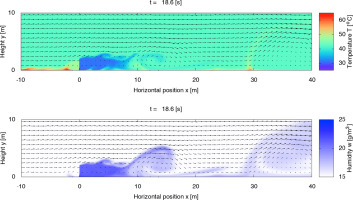Snake_Baker
The one true King of the North
- Apr 24, 2013
- 81,024
- 153,169
- AFL Club
- North Melbourne
- Other Teams
- Essendon Lawn Bowls Club
- Banned
- #51
Scientists.
Again.

 www.physics-astronomy.org
www.physics-astronomy.org
Again.

Brand New Renewable Technology Harnesses Electricity From The Cold, Dark Night
Physics, Astronomy, Space news,Nasa news ,Quantum Physics and Technology,














